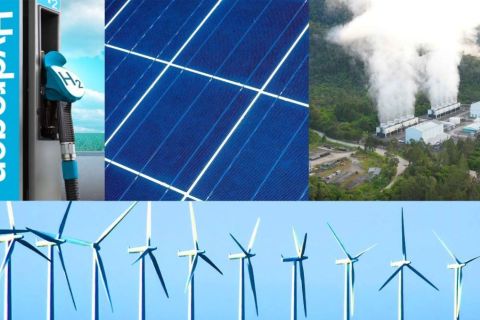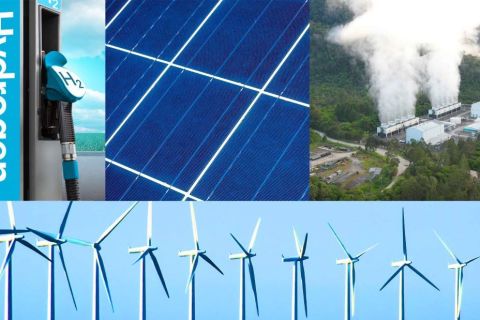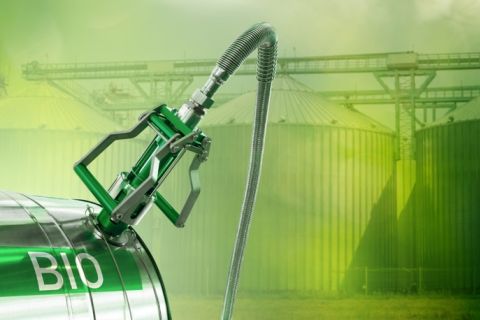
Despite rich shale gas plays and headway in research and development, China still must overcome major obstacles before being able to take advantage of its shale gas resources that is estimated to be between 353 Tcf and 1,271 Tcf.
Zhang Yuqing, deputy administrator for China’s National Energy Administration, outlined some of the energy challenges of the world’s most populous country during a presentation at the World Shale Conference on Sept. 19 in Houston.
For starters, the country has yet to conduct a nationwide shale gas resource assessment. And although it has made progress in some exploration technologies, it hasn’t accomplished advancements in techniques – horizontal drilling and multi-stage fracturing – that have led to success with similar plays in the US. Even if such techniques are mastered, China faces an environmental challenge posed by the substantial amount of water used during the hydraulic fracturing process.
Challenges also include the oftentimes hilly ground conditions where shale gas-rich areas are located, Yuqing said. “The underground situation is relatively complex, characterized by more faults, deep burial and high degree of organic evolution.”
So far, more than 60 exploration wells have been drilled in China, according to Yuquing, who noted 24 have commercial gas flow.
Infrastructure also needs improvement, he said. The country’s underdeveloped gas pipeline network doesn’t cover all shale gas areas and may not meet demand.
China is the world’s largest energy consumer, and its natural gas production has increased along with demand in the past decade. According to the US Energy Information Administration (EIA), China’s natural gas consumption outpaced its production in 2011 when production stood at 3.6 Tcf, compared to 4.6 Tcf consumed.
Although production in China has tripled over the last decade, according to the EIA, the country is still considered a net natural gas importer as the natural gas share in the country’s energy portfolio grows but still heavily trails coal and oil, which made up 70% and 19%, respectively, of China’s energy consumption mix in 2009.
In recent years, the country that is plagued by pollution due to its heavy coal use has set its sights on increasing natural gas usage. It aims to meet a 229 Bcf per year target set by the Shale Gas Development Program by 2015, Yuqing said. The program also aims to:
• make breakthroughs in key shale gas exploration and development technologies;
• manufacture major equipment in a self-reliant manner; and
• formulate shale gas industrial standards, regulations, and policies regime.
Helping to accelerate shale gas development in China are four government agencies – the National Development and Reform Commission, National Energy Administration, Ministry of Finance, and Ministry of Land and Resources, which combined created the development program.
Among the solutions to overcoming its challenges, Yuqing said the country will study and form incentive policies for the shale gas industry. “We will encourage the industry to step up its exploration and development efforts and strive to realize the production target as scheduled.”
Plans also include increasing science and technology research efforts, including: allocating funding exclusively toward this endeavor; developing industry technology standards and regulations in areas such as resource assessment, E&P, and development; taking safety and environmental precautions; and strengthening international cooperation.
Such foreign collaboration, he explained, will include:
• Joint development: In the Fushun-Yongchuan Block of the Sichuan basin where CNPC partners with Shell, for example, five wells were drilled. The maximum daily rate of vertical wells reached 1.77 Bcf, and 5.3 Bcf was the maximum rate for horizontal wells;
• Joint studies: Sinopec reached joint study deals on shale gas blocks in Xinjiang, Sichuan, Guizhou, and Hubei provinces with ExxonMobil, Shell, and BP; and
• Engineering service: Engineering service providers, including Halliburton, have started engineering and technology service businesses in China for shale gas drilling and fracturing.
“Shale gas development in China adopts parallel approaches of autonomous operation vs. foreign cooperation,” Yuqing said. “Through foreign cooperation, and engineering and technology services, we are going to introduce, study, and then master the advanced technologies from other [countries], and build up our independent innovation capabilities ultimately.”
Contact the author, Velda Addison, at vaddison@hartenergy.com.
Recommended Reading
Braya Renewable Fuels Begins Commercial Operations at Revamped Refinery
2024-02-23 - The Come By Chance refinery in Newfoundland and Labrador produces renewable diesel instead of petroleum diesel.
Energy Transition in Motion (Week of Feb. 9, 2024)
2024-02-09 - Here is a look at some of this week’s renewable energy news, including the latest on a direct lithium extraction technology test involving one of the world’s biggest lithium producers and the company behind the technology.
Energy Transition in Motion (Week of March 1, 2024)
2024-03-01 - Here is a look at some of this week’s renewable energy news, including Chevron’s plans for a solar-to-hydrogen facility in California.
Bunge, Chevron Announce FID on Oilseed Processing Plant
2024-03-05 - Bunge Chevron Ag Renewables' facility will be used to manufacture low carbon renewable fuels from oilseed.
CERAWeek: NextEra CEO: Growing Power Demand Opportunity for Renewables
2024-03-19 - Natural gas still has a role to play, according to NextEra Energy CEO John Ketchum.





